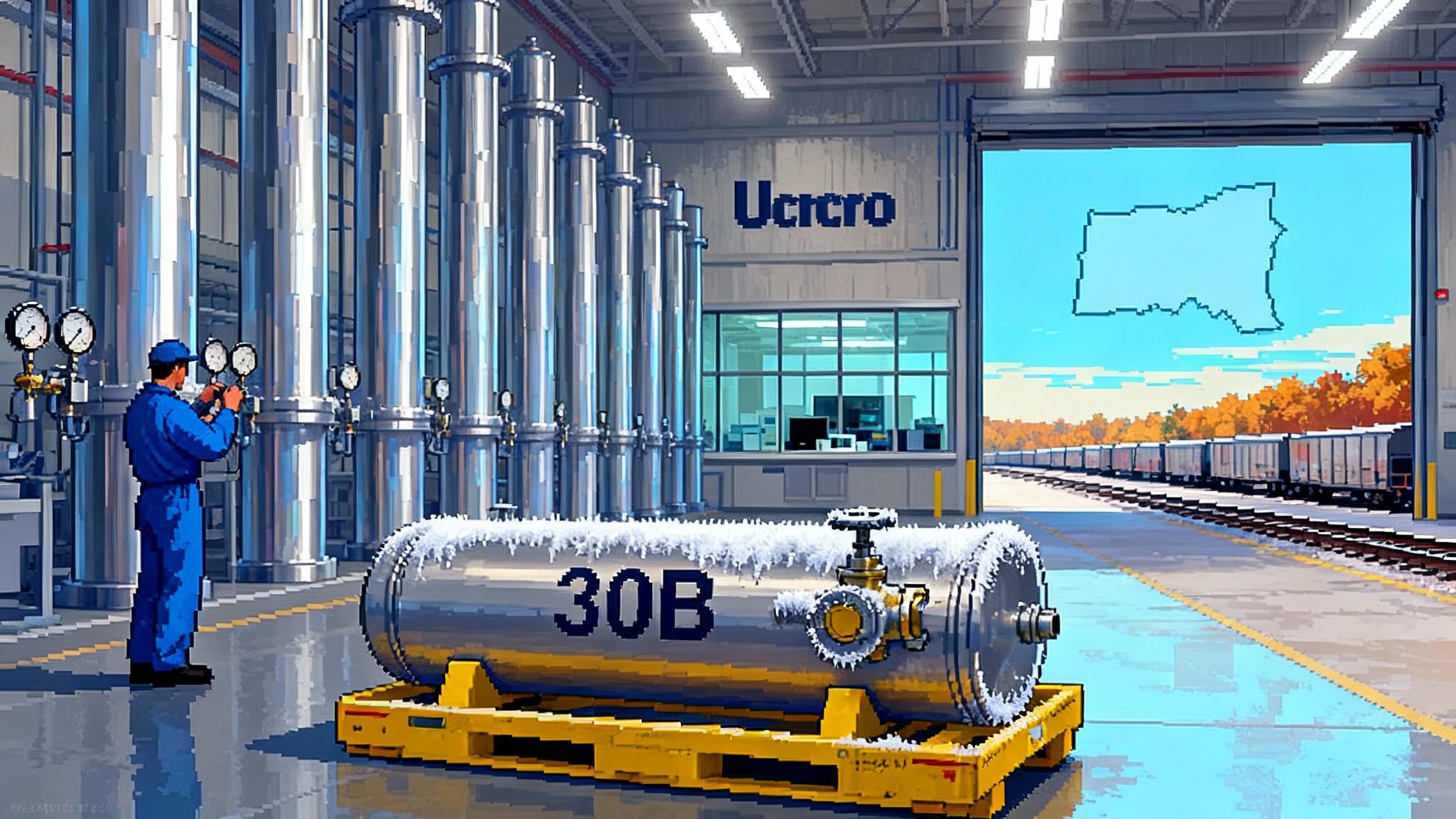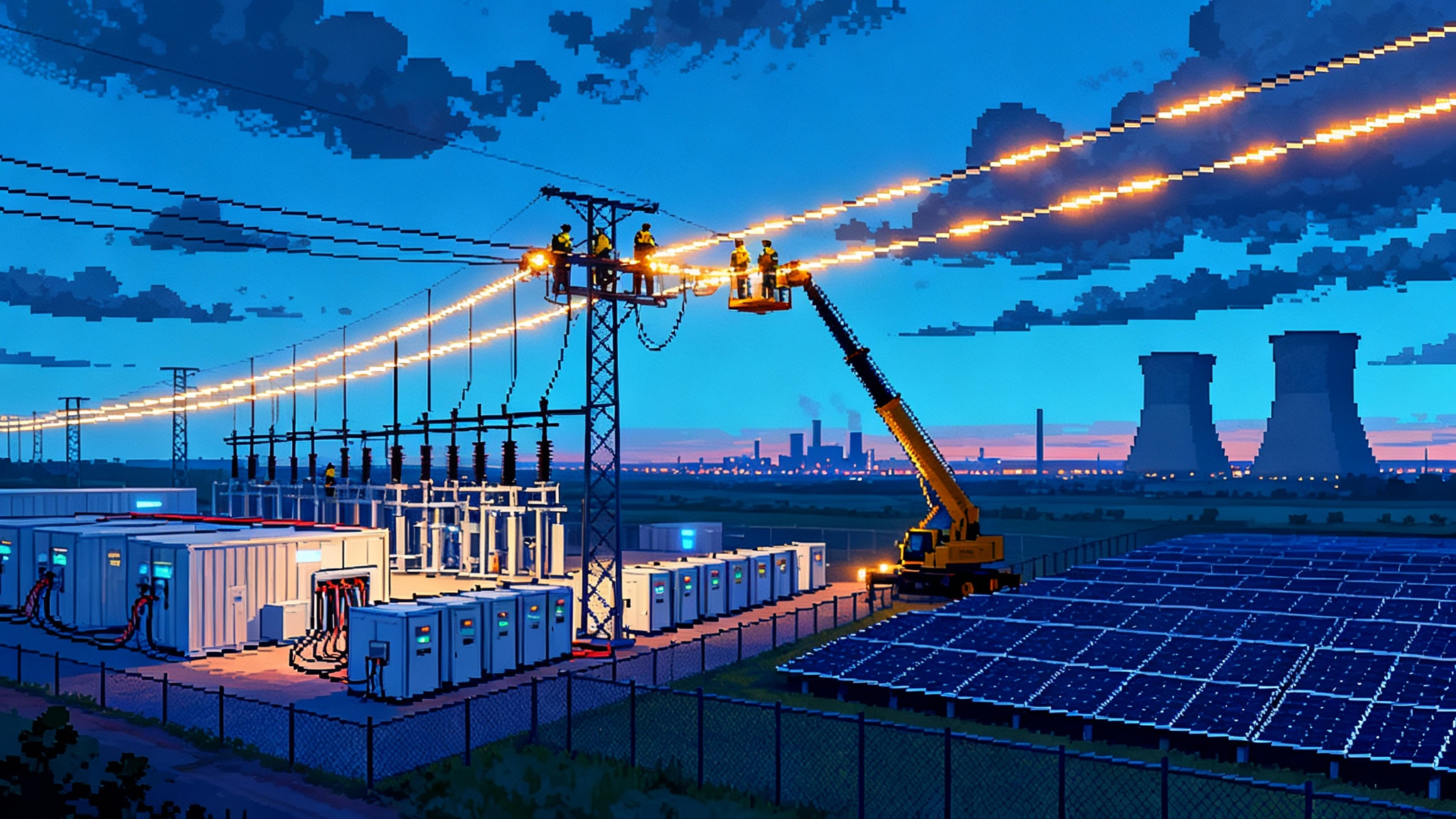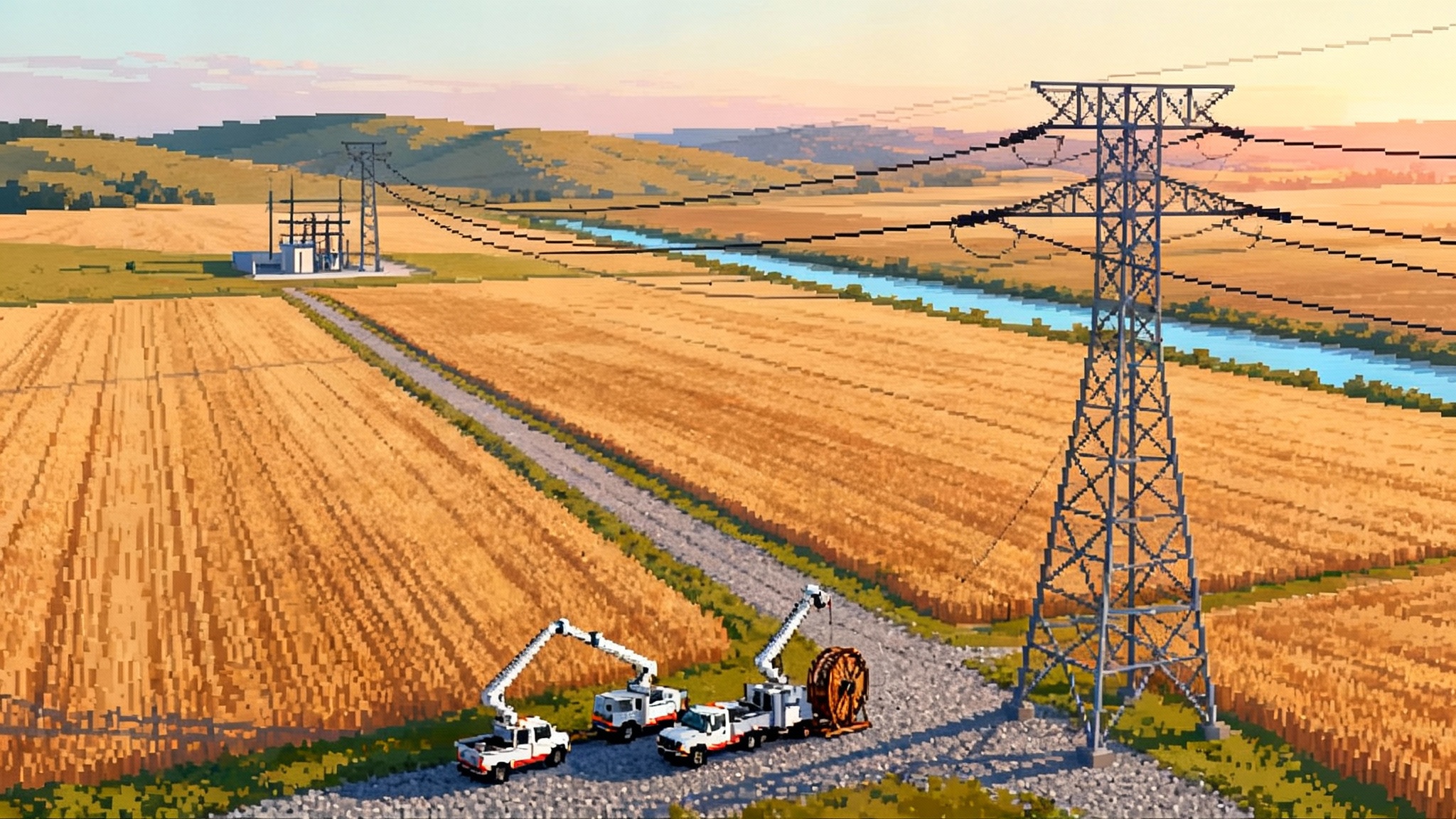Cape Station Phase II signals enhanced geothermal is baseload
A pair of September–October 2025 supplier awards and a fully contracted 500 megawatts turned Fervo Energy’s Cape Station from pilot to bankable project. Here is what standardized 60 megawatt ORC blocks mean for utilities, data centers, and oilfield services.

The breakthrough that moved enhanced geothermal from promise to plan
In September and October 2025, a decisive shift happened in American geothermal. Fervo Energy’s Cape Station in Beaver County, Utah, awarded major equipment packages for its second phase and confirmed that its entire 500 megawatt buildout is under contract. When a project has named suppliers, signed buyers, a schedule, and financing, it becomes something utilities can model and bankers can back. Cape Station Phase II just crossed that line.
In early September, Fervo tapped Baker Hughes to design and deliver key equipment for five Organic Rankine Cycle units of roughly 60 megawatts each. The award covers turboexpanders and BRUSH generators, anchoring the surface power blocks that turn hot fluid into electricity. The through line is simple. We now have a recognizable supplier for modular 60 megawatt blocks that can be repeated, serviced, and insured like other mainstream power equipment. That is the definition of de‑risking. See the Baker Hughes equipment award.
One month later, Turboden, part of Mitsubishi Heavy Industries, announced it will supply three more ORC units of 60 megawatts each for Phase II. Two industrial names that utilities already know from turbines and waste heat recovery are now anchoring advanced geothermal power plants. That signals a maturing supply chain where buyers are not betting on unproven vendors.
On the demand side, Fervo disclosed in April 2025 that the full 500 megawatts at Cape Station are now contracted, including a 15‑year agreement with Shell Energy alongside large California buyers. That means the project’s revenue line is booked, not theoretical. Read Fervo’s note that the 500 megawatts are fully contracted.
What the awards actually settle
Procurement turns a concept into a construction schedule. These awards do three practical things:
- They lock in a standard 60 megawatt power block that utilities, insurers, and lenders can underwrite. Predictability tightens bids and improves on‑time delivery.
- They diversify supply and service. Baker Hughes’ scope covers turboexpanders and generators for five blocks, while a second OEM is delivering turbines and controls for three blocks. A multi‑supplier approach reduces single‑point risk and supports field service depth in the United States.
- They set a timeline that can be planned against. Phase I targets 2026 commercial operation for the first 100 megawatts. Phase II scales toward 2028, tied to real factory slots and field crews.
Contracted buyers and fresh capital complete the de‑risking picture
Supply is only half the story. Demand and dollars seal it. A fully subscribed 500 megawatt offtake stack across investor‑owned utility, community choice, and retail portfolios underpins nonrecourse financing. Additional development capital disclosed in 2025 further strengthens the balance sheet and reduces counterparty and technology risk at the same time.
A plain‑language explainer: why Organic Rankine Cycle matters
Organic Rankine Cycle, or ORC, produces electricity from lower‑temperature heat using a working fluid with a low boiling point. Think of a refrigerator in reverse. Instead of using electricity to move heat out, ORC uses heat to drive a fluid through a cycle that spins a turbine. For geothermal, ORC enables megawatt‑scale generation from hot but non‑boiling reservoirs.
Why this is a big deal: when you can order the same 60 megawatt power block again and again, you can line up factory slots, parts depots, and trained technicians. That raises availability and lowers downtime. It also lets buyers forecast capacity factors and maintenance windows with confidence that pilots never had.
Permitting speed and why it matters
Federal actions in 2024 streamlined certain geothermal exploration reviews where environmental impact is minimal. That shaved months off early‑stage work, reduced the cost of confirming resources, and helped developers move rigs with fewer idle gaps. For a drilling‑led business, fewer idle days mean lower dollars per megawatt and faster schedules.
From pilots to baseload: the 2026 to 2028 outlook
Here is the operational picture that emerges:
- 2026: Cape Station Phase I, 100 megawatts, enters commercial operation. That puts real 24x7 geothermal on the grid alongside many new solar and battery additions.
- 2028: Phase II adds hundreds of megawatts in standardized 60 megawatt ORC blocks, with multiple named suppliers. That is exactly what planners need three to five years out.
The curve to watch is not only megawatts but learning rate. Faster drilling, better well productivity, and fiber‑optic‑guided spacing can raise megawatts per well. Those process gains are how wind and solar scaled. Now they are happening in geothermal.
What it means for utilities
- Resource adequacy that is not weather‑dependent. California’s midterm reliability needs favor zero‑emission baseload. Enhanced geothermal provides firm evening and pre‑dawn delivery without over‑buying storage hours. See how this complements virtual power plant strategies.
- Portfolio hygiene. A 60 megawatt geothermal block fills the net‑peak without adding more midday surplus. In planning terms, it flattens the duck curve.
- Contracting playbook. Anchor with a large investor‑owned utility, complement with a community choice tranche, and finish with a retail supplier or corporate buyer. The Cape Station mix shows how to spread credit risk and align delivery obligations across markets.
Action for utilities: add standardized 60 megawatt geothermal blocks to your next integrated resource plan with a 2026 to 2028 in‑service window, and solicit firm delivery profiles that target the three to five net‑peak hours first.
What it means for data centers
Hyperscalers are pushing toward hourly matching and 24x7 carbon‑free portfolios as AI clusters drive load growth. The bottleneck is firm supply near transmission and load. Cape Station’s model offers a path forward: standardized geothermal blocks that can contract with a retail supplier or utility, deliver around the clock, and avoid the intermittency premium. For broader context on demand growth, see our AI power crunch playbook.
Action for operators: issue RFPs that specify a firm hourly profile and allow geothermal to compete head‑to‑head with wind, solar, and storage combinations. Require standardized power‑block equipment and named service networks so you can diligence availability and maintenance windows.
What it means for oilfield services
Enhanced geothermal systems borrow oilfield technology and talent: directional drilling, multi‑stage stimulation, high‑temperature downhole tools, and fiber‑optic sensing. As more 60 megawatt blocks get ordered, rig schedules and completions crews become the gating factor. Baker Hughes’ two‑sided role, supplying subsurface capability and surface equipment, signals an investable market for boreholes and completions with oilfield‑grade complexity.
Action for oilfield services: build geothermal product lines around high‑temperature tools and cementing systems, cross‑train crews for stimulation and geothermal completions, and offer fixed‑price packages per megawatt that share drilling performance upside with developers.
Why this wave is different
Conventional geothermal thrived where natural hydrothermal systems were obvious, which kept the market small. Enhanced geothermal creates permeability in hot but tight rock, widening the playable map. The other difference is industrial. An ORC power island is familiar to utilities, insurers, and financiers. With blue‑chip OEMs attached, the sector looks less like technology risk and more like project‑execution risk, which can be managed with experienced EPCs and performance guarantees. For the transmission side of the equation, check our take on FERC 1920‑A transmission reforms.
The next three moves that unlock national scale
-
Copy the Cape Station contracting template in other Western interconnections. Use 60 megawatt blocks to create programmatic procurements instead of one‑offs.
-
Institutionalize faster exploration. Turn streamlined federal exploration reviews into state and local playbooks with clear checklists so crews and rigs stay utilized.
-
Build a domestic ORC ecosystem. The supplier awards show that OEMs invest when volume is real. Encourage second‑source component manufacturing for turboexpanders, generators, and high‑temperature seals, and standardize interface specs so parts and technicians can be shared across sites.
A closing thought
In power, the leap from promising to bankable is always the same: name the buyer, name the supplier, close the financing, and start the clock. Cape Station Phase II has done all four. If you plan utility portfolios, site data centers, or run oilfield services, the signal is clear. Enhanced geothermal has moved from pilots to product. The next firm megawatt you need between 2026 and 2028 does not have to come from gas or batteries. There is now a geothermal block with a part number and a delivery date.








